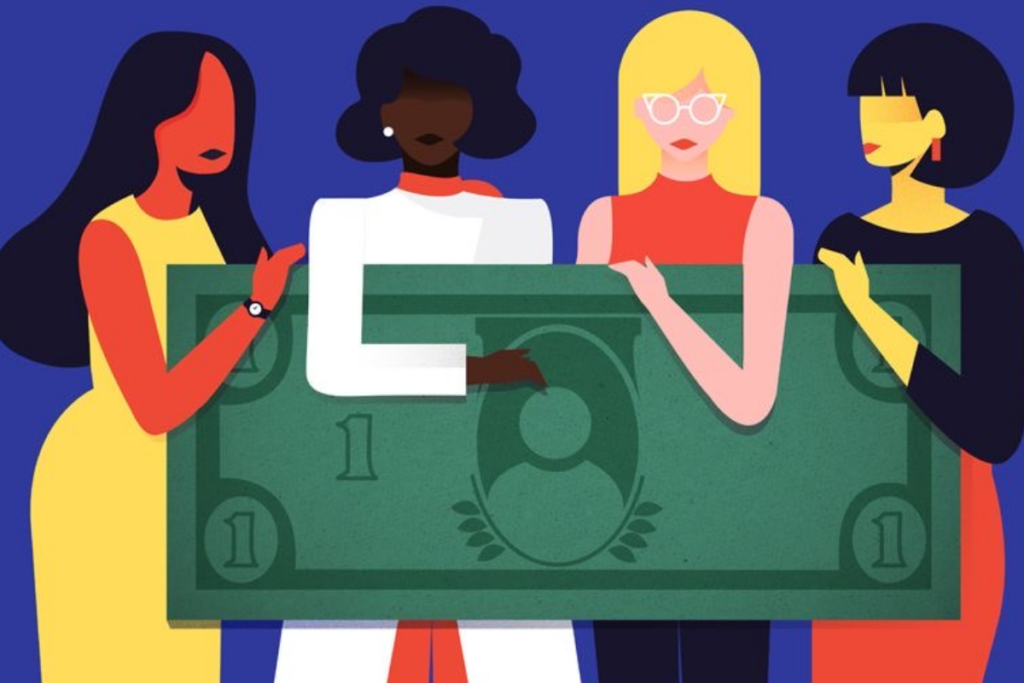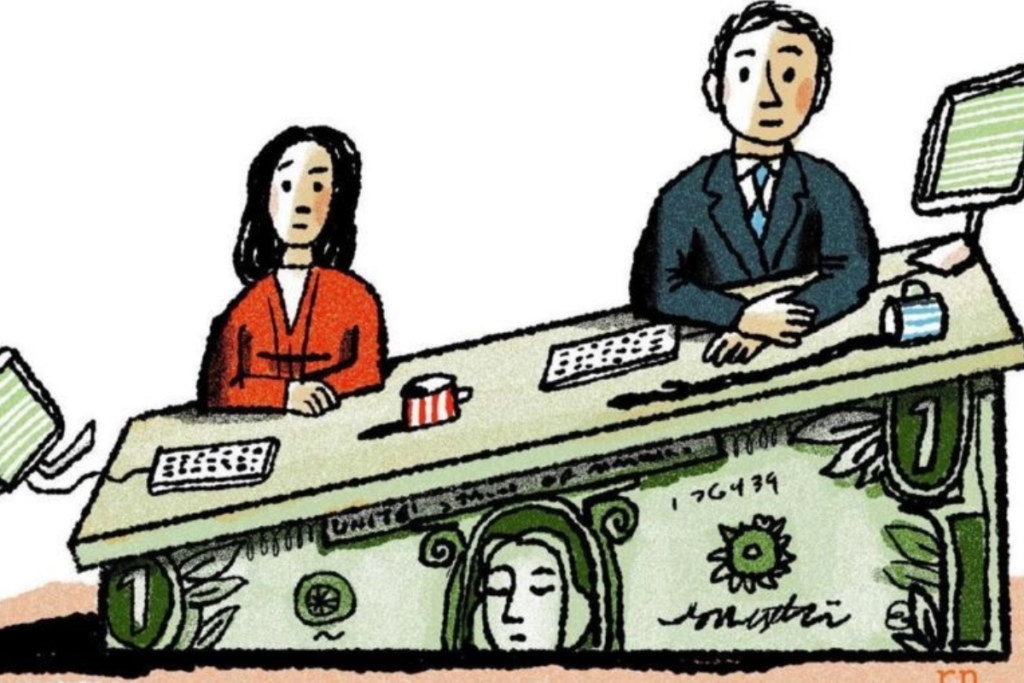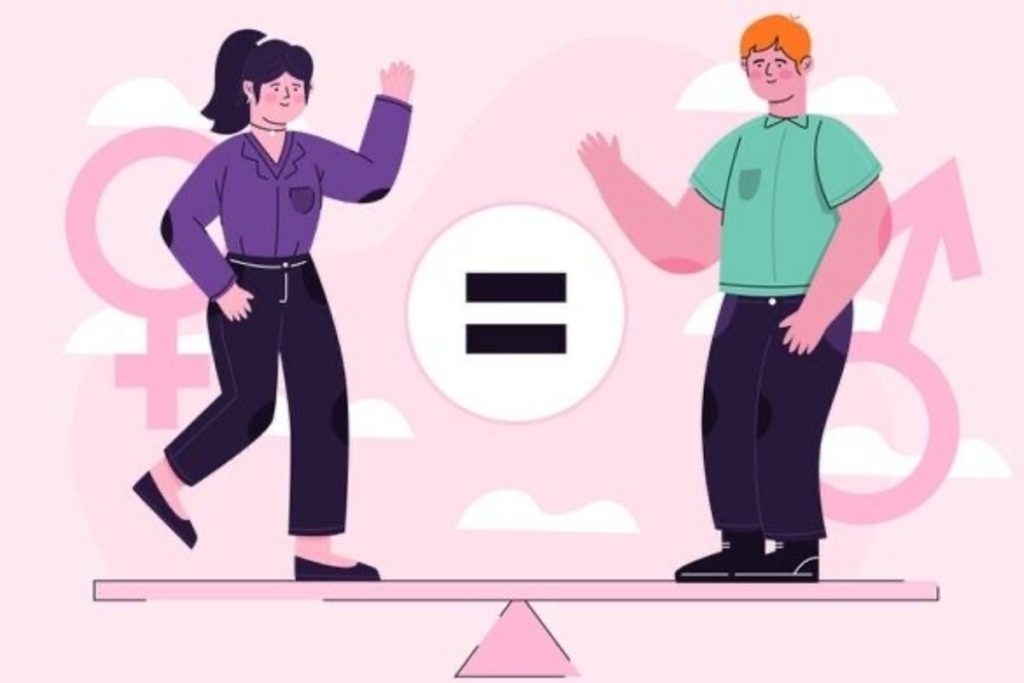Equal Pay Day reminds us that there’s still a significant gender pay gap in the money men and women make. Right now, for every dollar a man makes, a woman only makes about 84 cents. This is according to an analysis of U.S. Census Bureau data by the National Women’s Law Center.
Full-time Female Worker’s Earnings
When you see the cent amount, it might seem small,” explained Jasmine Tucker. Jasmine works as the vice president of research at the National Women’s Law Center.

Source: Worksnaps/Pinterest
She further explains, “But that small number doesn’t reflect the real extent of the losses.”
This year, on March 12th, it’s a reminder of how much longer full-time female workers have to work.
The Gender Pay Gap
Full-time females have to work into the new year to earn what men typically earned the year before. This difference in earnings is called the gender pay gap.

Source: CNN/Pinterest
Over the years, the unfairness gets bigger. According to the National Women’s Law Center, if a woman starts her career today, she could lose a lot. She could end up missing out on $399,600 over 40 years because of the pay gap.
Women of Color
This problem is even more serious for Black and Latina women.

Source: Dribbble/Pinterest
Black women earn $884,800 less over their lifetimes, while Latina women lose $1,218,000, according to a nonprofit group. This means they’d need to work until almost 80 or 90 years old to match what white non-Hispanic men earn by age 60. They either do this or miss out on over $1 million in earnings. Jasmine Tucker explained this.
Why Does the Gender Pay Gap Still Persist
The reason behind the ongoing difference in pay between men and women isn’t simple. A study by the Pew Research Center says there is no one particular explanation for why there is no progress toward narrowing the pay gap.

Source: MariaSilvaTE/Pinterest
There are a few contributing factors. One big one is that women often choose jobs in fields that pay less.
Reasons for the Gender Pay Gap
Another factor is that many female workers take breaks from work. They also cut back on hours to take care of family, which can lower their earnings. This is referred to as “Motherhood penalty.”

Source: Freepik/Pinterest
Systemic bias has been a big factor, too. There are fewer women of color in higher-paying positions. “Even when Black women have the same jobs as others, they get paid less,” Ofronama Biu said. Biu is a principal research associate at the Urban Institute.
Fixing the Gender Pay Gap Issue
It’s not just about wages, though; there is also a benefit gap. Biu mentions that things like retirement plans, paid time off, and healthcare also affect people’s economic security.

Source: HackerNoon/Pinterest
Tucker explained that there isn’t a single solution to fix the wage gap. But, studies suggest that certain actions can make a difference. Actions like the new laws in some places that require companies to be transparent about how much they pay their employees.
How Progress Can Be Achieved ?
The concept behind pay transparency is that it will help achieve fair pay for everyone. This means making sure that people get paid equally for doing the same or similar work. This should occur no matter their gender, race, or other personal characteristics.

Source: KatieCouric/Pinteresr
“Companies do not have to wait for the government to make new rules before they start using these tools.” Jasmine Tucker gave this explanation.
Taking A Step
“Instead of companies to wait for the government, they should look at their companies. They should closely check what’s going on in their workplaces and do something to fix it.”

Source: Eve/Pinterest
“Employers do not need to wait for the state to pass laws before making changes,” Tucker explained. “They should examine what’s happening in their workplace and do something about it.”
What To Do
Companies should be transparent about their actions and plans,” explained Lauren Sanfilippo. Sanfilippo is a senior investment strategist at Bank of America. She stressed the importance of companies being open about their operations.

Source: Freepik/Pinterest
However, Sanfilippo also pointed out that waiting for companies to reveal their intentions isn’t the quickest path to progress. Instead, she suggests that women closely monitor workplace practices and ensure fair pay. “You deserve to be compensated based on your contributions to the company,” she advised.

